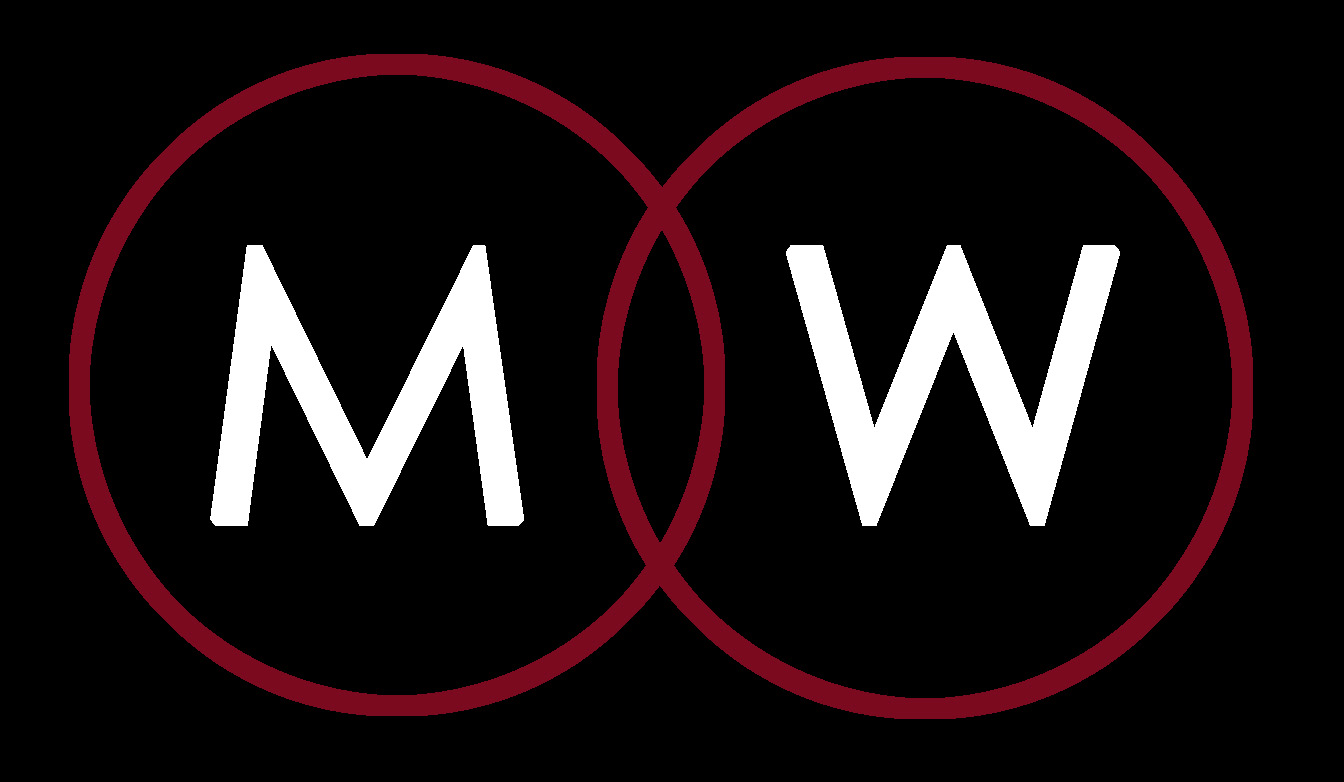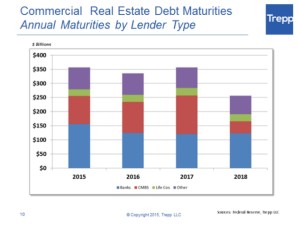23 Aug Use of Debt Yields in Commercial Real Estate Lending
Use of Debt Yields
by Liz Braman, SVP Commercial Lending Skyline Financial
In commercial real estate lending,
Now with the markets crashing and defaults at all time highs, some nonrecourse investors are looking to measure their default risk by sizing loan amounts using debt yields, or the return on their debt should the property default. The debt yield is a measurement of lender’s risk on loan proceeds. If the loan defaults on day 1, the debt yield is the cash on cash return the lender will get on the loan. If the lender wants a 10% yield on their loan proceeds, they will determine the loan amount by taking the net operating income (NOI) and dividing it by 10%.  The NOI has to be equal to a 10% yield on the amount of the first lien.
In other words, the debt yield is the NOI as a percentage of the loan amount. The higher the debt yield the lower the lender’s risk, the lower the debt yield the greater the lender’s risk.
For example, a lender offers a loan of $1,000,000 with an interest rate of 5.5% and 25 year amortization. The property has a 7% capitalization rate and a value of $1,400,000 with a Net Operating Income (NOI) of $98,000. The debt coverage ratio is 1.33 (annual debt service / NOI), the LTV is 72% ($1,000,000 loan / $1,400,000 value). The NOI divided by the loan amount provides a debt yield of 9.8% ($98,000/$1,000,000 = .098 x 100%). If the lender requires a 12% debt yield, the loan amount would need to be dropped from $1,000,000 to $833,333 ($100,000 / .12).
The debt yield ratio is not commonly used by bank lenders at present, but may become more common as lenders look to find a way to mitigate the risk of loss in a volatile market.
Liz Braman, JD, MBA, CCIM is Senior Vice President of Commercial Lending at Skyline Financial(www.sfccommercial.com) and can be reached at lizbraman@skylinefinancialcorp.com.



